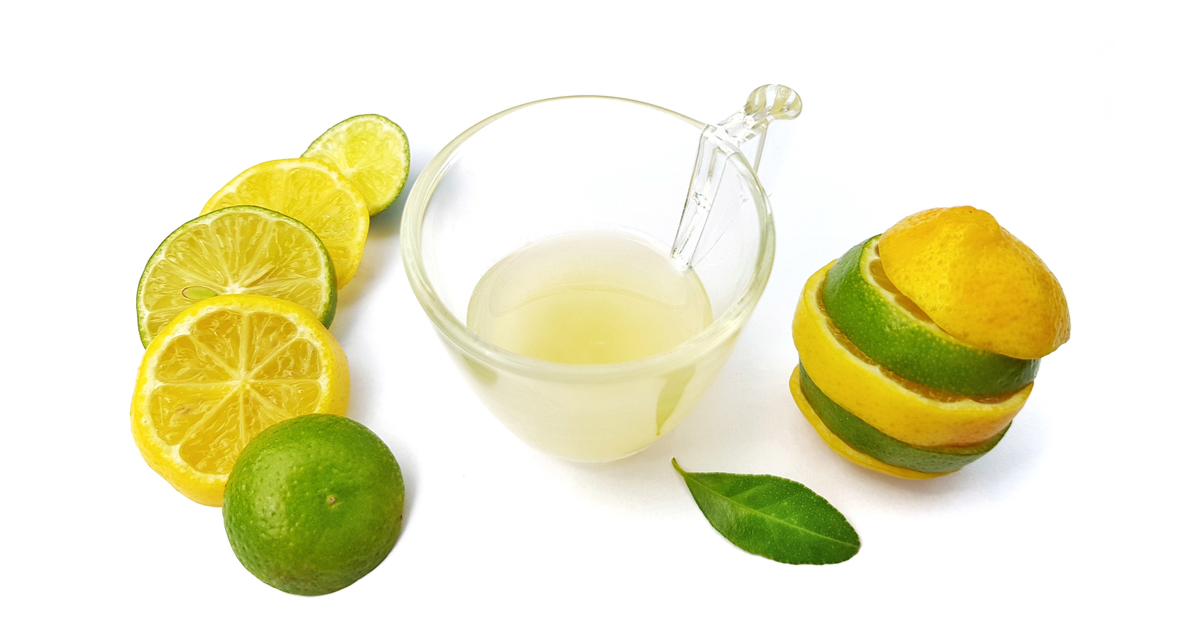Diabetes mellitus, commonly referred to as diabetes, is a group of metabolic disorders in which there are high blood sugar levels over a lifelong period. There are three major types of diabetes: type 1 diabetes, type 2 diabetes, and gestational diabetes. High levels of blood glucose can damage the tiny blood vessels in your kidneys, heart, eyes, or nervous system. If left untreated, diabetes can cause many complications. Acute complications can include diabetic ketoacidosis, hyperosmolar hyperglycemic state, or death. Serious long-term complications include cardiovascular disease, chronic kidney disease, stroke, foot ulcers, and damage to the eyes. Besides your medical treatment options, an ideal diabetic diet plan can help you control your blood sugar or glucose, manage your weight and control risk factors fot those comlications mentioned above. Here are some recommanded choice of foods:
Avocados
This creamy green fruit is a tasty source of heart-healthy fats. Avocados are also rich in fiber, which helps stave off spikes by slowing the rise and fall of blood sugar. At the same time, they are lower in carbohydrates. Since they’re calorie-dense, pay attention to your portions: Half of a medium avocado can contain upwards of 180 calories, which is more than a tablespoon of mayo or a slice of cheese.
Bananas
Bananas actually have a low glycemic index and are a nutritious food that can be an asset to a healthy diet. They are low in calories, and good sources of potassium, fiber, vitamin B6, vitamin C and manganese. As with any fruit, bananas can fit as long as the carbohydrates are factored into the plan.
Beans
The fiber and protein in beans help keep your blood sugar stable too.
Kidney, pinto, black beans, ornavy are packed with vitamins and minerals such as magnesium and potassium. They are very high in fiber too. Beans do contain carbohydrates, but one-half cup also provides as much protein as an ounce of meat without the saturated fat. To save time you can use canned beans, but be sure to drain and rinse them to get rid of as much added salt as possible.
Berries
Which are your favorites: blueberries, strawberries or another variety? Regardless, they are all packed with antioxidants, vitamins and fiber. Berries can be a great option to satisfy your sweet tooth and they provide an added benefit of vitamin C, vitamin K, manganese, potassium and fiber.
Tomatoes
The good news is that no matter how you like your tomatoes, pureed, raw, or in a sauce, you’re eating vital nutrients like vitamin C, vitamin E and potassium.
Citrus Fruit
Grapefruits, oranges, lemons and limes or pick your favorites to get part of your daily dose of fiber, vitamin C, folate and potassium.
Guava
Guava is a good source of energy, dietary fiber, vitamin C, vitamin A, polyphenols, caratenoids, lycopene, lutein, cryptoxanthin, beta-carotene, potassium, phosphorus, magnesium, and calcium. High level of dietary fiber in it helps lower blood glucose levels in the body. Recent studies have shown that consuming it can help prevent the appearance and risk of Type 2 diabetes.
Cucumbers
Because cucumbers are low in carbohydrates and a source of fiber, they fit easily into a diabetes meal plan. Cucumber is found to get a hormone required by the beta cells, which can produce the hormone within the pancreas. Moreover, the Glycemic Index of cucumbers is found to be zero.
Sweet Potatoes
Sweet potatoes are another diabetes-friendly source of carbs: A medium sweet potato packs 4 grams of fiber and nearly a third of your daily vitamin C.
Based on your health goals, tastes, lifestyle, as well as your your size and activity level, diabetes diet helps to control your weight and to better use the it produces or gets through a medication.



